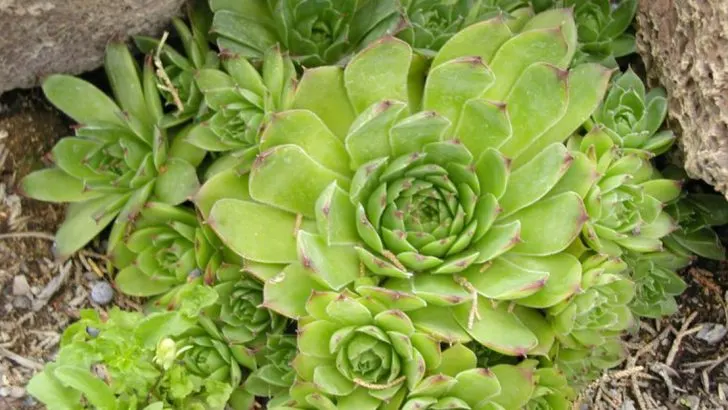Texas sun will try to fry anything soft—it’s no match for these succulents! Your garden doesn’t need a miracle, just plants forged in desert drama. They stash water in plump leaves like secret reserves. They wink at drought and glare at heat. While usual suspects wither, these succulents hold court. Think rosettes that glow at dawn… Spiky crowns echoing red-rock landscapes… Trailing stems tumbling from pots like living waterfalls. Hues span jade green, silvery gray, and dusty rose—each a drop-saving rebel. Forget daily drenching. Welcome the thrill of near-zero watering. No guilt over missed weekends. Just hardy beauty that begs for neglect. Ready to trade thirsty chores for show-stopping simplicity? Scroll down for 15 succulents that make Texas heat look effortless. Your garden’s about to become the driest, coolest spot on the block.
Agave Victoriae-Reginae
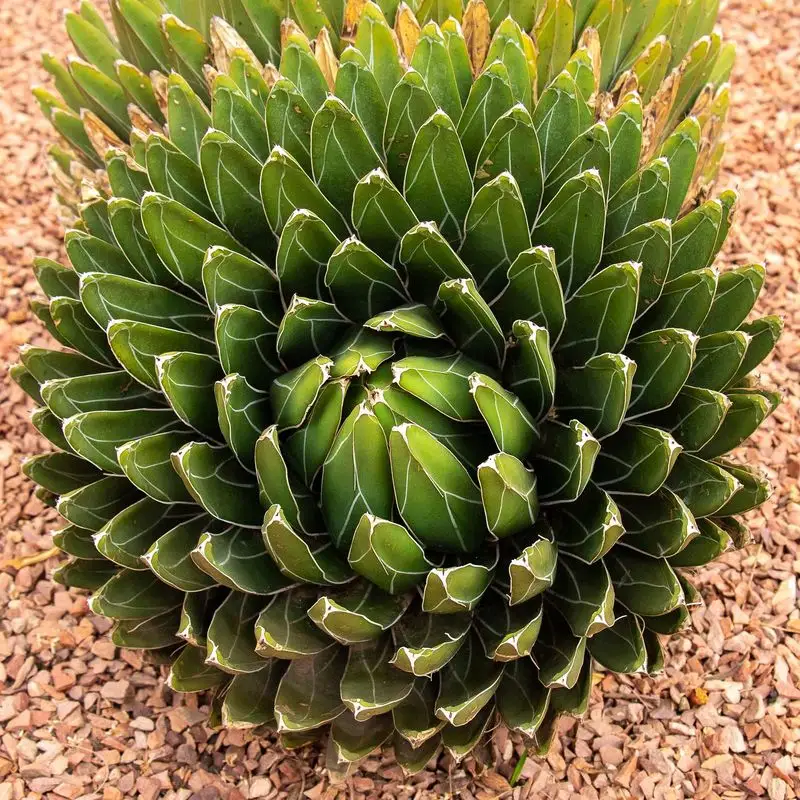
Agave Victoriae-Reginae is a striking succulent known for its compact rosette form. Its leaves are deep green with distinct white markings and end in sharp tips. This succulent thrives in well-drained soil and requires minimal watering once established.
Its resilience to drought makes it an ideal choice for Texan landscapes where water scarcity is common. Despite its tough exterior, this plant is a true showstopper, adding a touch of elegance to any garden.
With proper care, it can live for several decades, slowly growing into a living sculpture.
Sedum Spurium
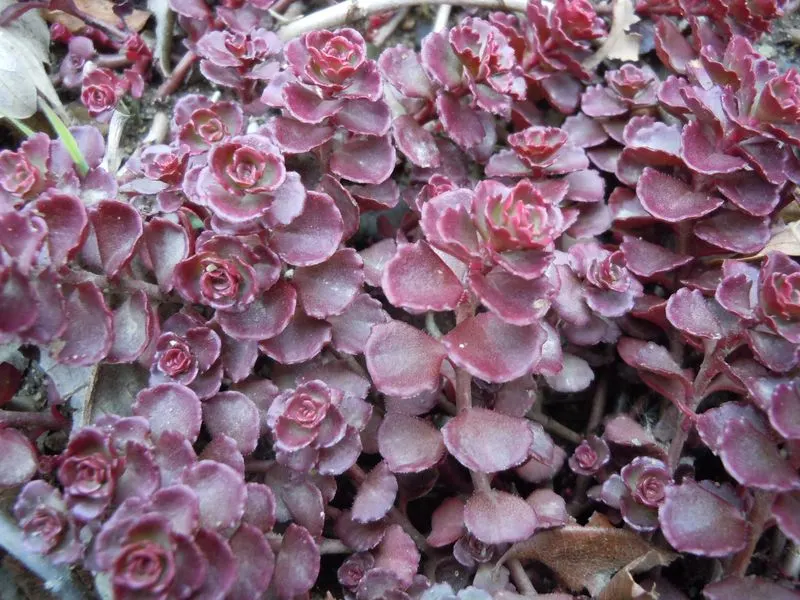
Sedum Spurium, commonly known as two-row stonecrop, is beloved for its creeping growth habit. Its fleshy leaves range from green to reddish hues, providing year-round interest.
This succulent is perfect for ground cover, especially in rocky or sandy areas. Once established, it requires minimal water, adapting to the fluctuations in Texan climate gracefully.
In summer, it produces small star-shaped flowers that attract pollinators. Its versatility and hardiness make it a staple in water-wise gardens.
Aloe Striata
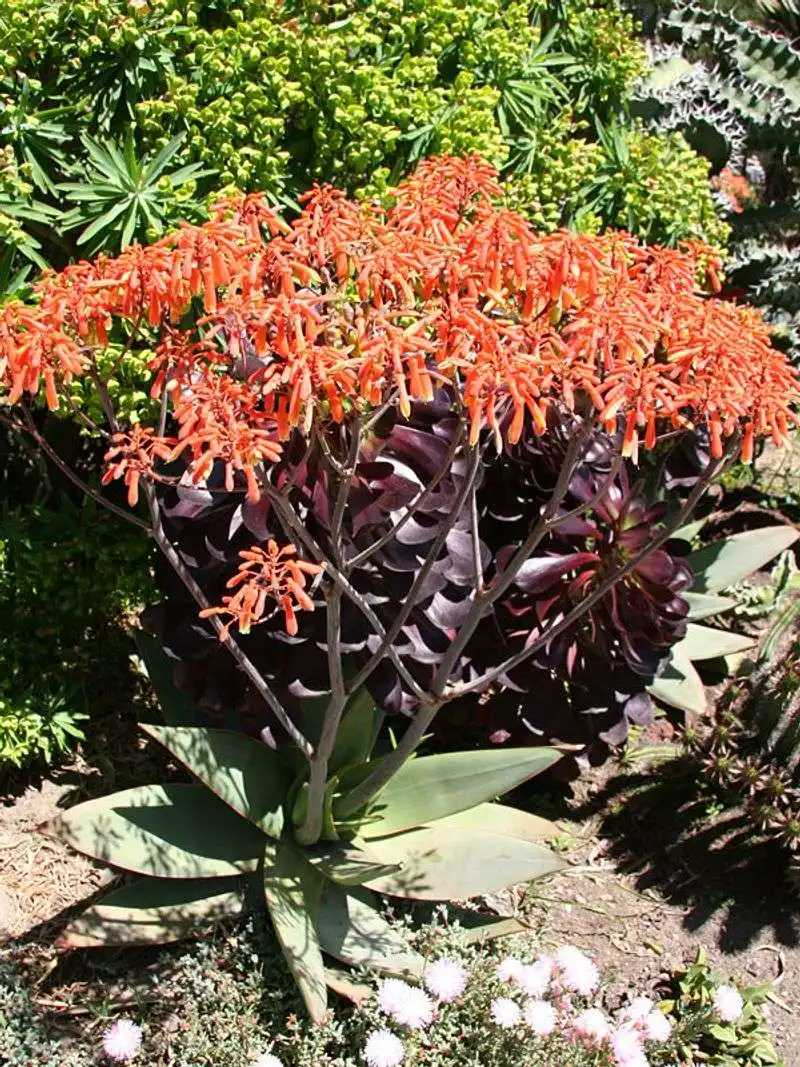
Aloe Striata, or coral aloe, is distinguished by its smooth, pale leaves that create a striking contrast with its coral-red flowers.
This succulent is a fantastic addition to any garden, offering both form and function. It flourishes in full sun and once established, requires little watering, making it suitable for Texan gardens.
During the flowering season, it becomes a beacon for hummingbirds. Its low-maintenance nature and aesthetic appeal are hard to surpass.
Opuntia Microdasys
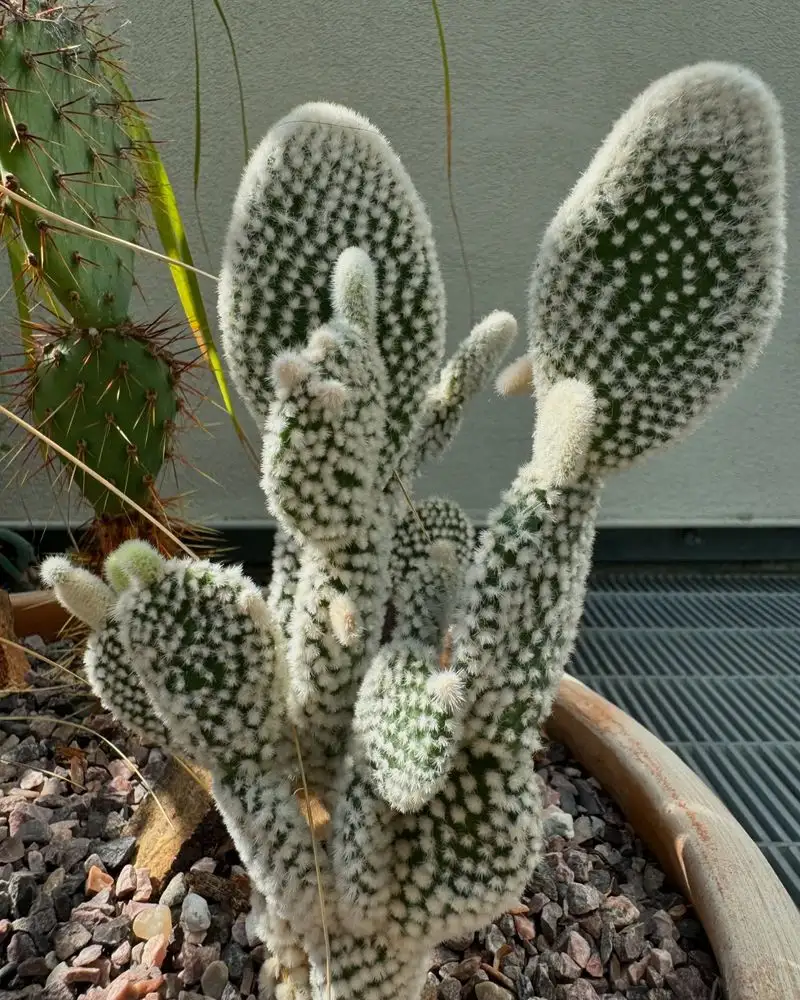
Opuntia Microdasys, affectionately known as the bunny ears cactus, is a charming succulent that captivates with its distinctive pad-shaped leaves.
Each pad is covered with tiny glochids, reflecting the sun’s light, adding texture to the garden landscape. This plant thrives with little water, perfectly suited to the dry conditions of Texas.
Despite its playful appearance, caution is advised when handling due to its spines. Its unique silhouette makes it a conversation piece in any garden.
Echeveria Elegans
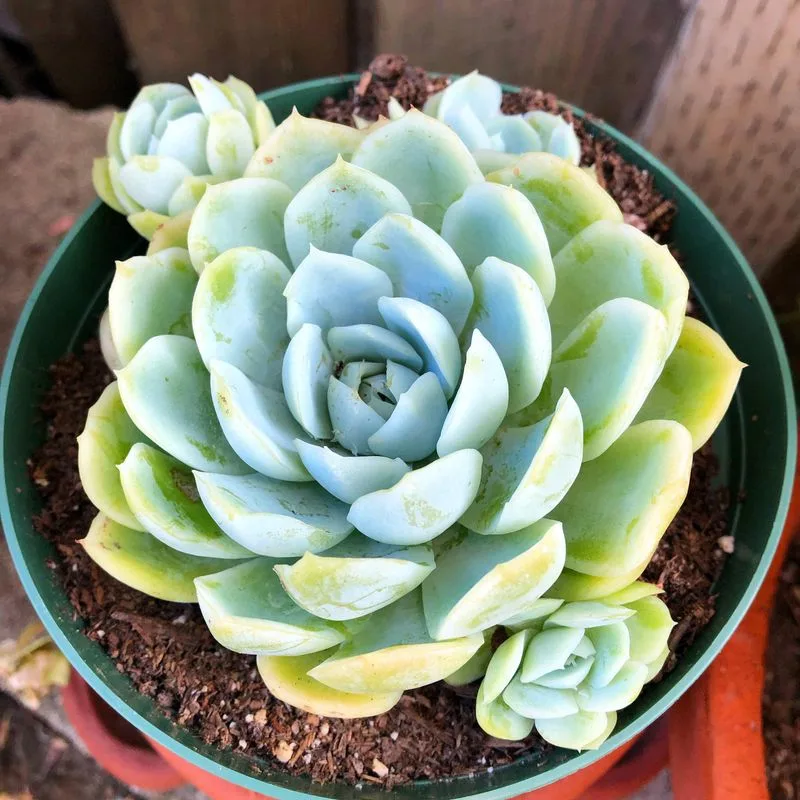
Echeveria Elegans, often called the Mexican snowball, is a succulent that dazzles with its perfect rosette. Its pale blue-green leaves have a delicate pink edge, adding a soft elegance to any planting arrangement.
This plant is remarkably low-maintenance, prospering in sunny spots with minimal watering once established. Its growth habit makes it ideal for containers or as a ground cover.
When in bloom, it sends up pinkish-red stalks with small bell-shaped flowers that attract butterflies, enhancing its visual appeal.
Senecio Mandraliscae (Blue Chalksticks)
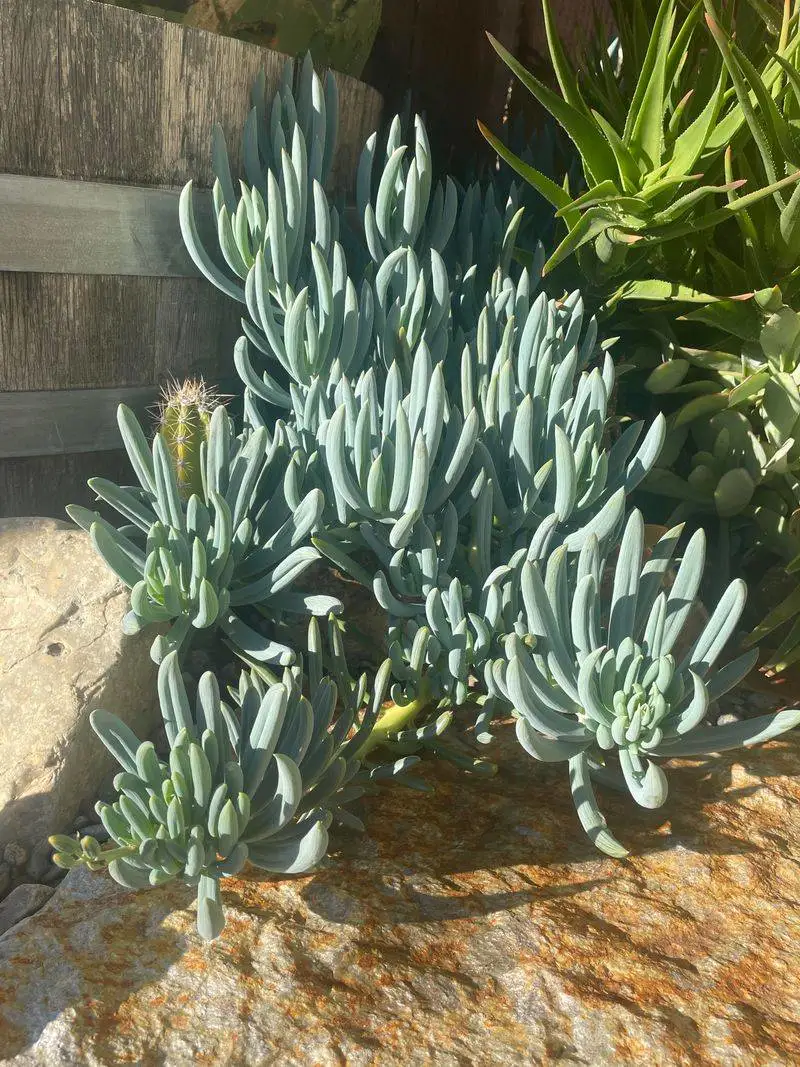
With its striking blue-gray, elongated leaves, Senecio Mandraliscae looks like a sea of coral washed ashore. This succulent’s unique color and texture make it a standout in any garden.
Originating from South Africa, Blue Chalksticks are accustomed to dry environments, requiring very little water to thrive. They’re perfect for xeriscaping, which is increasingly popular in water-restricted regions like Texas.
Plant them in well-draining soil, and they will reward you with fast growth and resilience. These succulents can even handle the occasional cold snap, making them versatile year-round performers.
Crassula Ovata
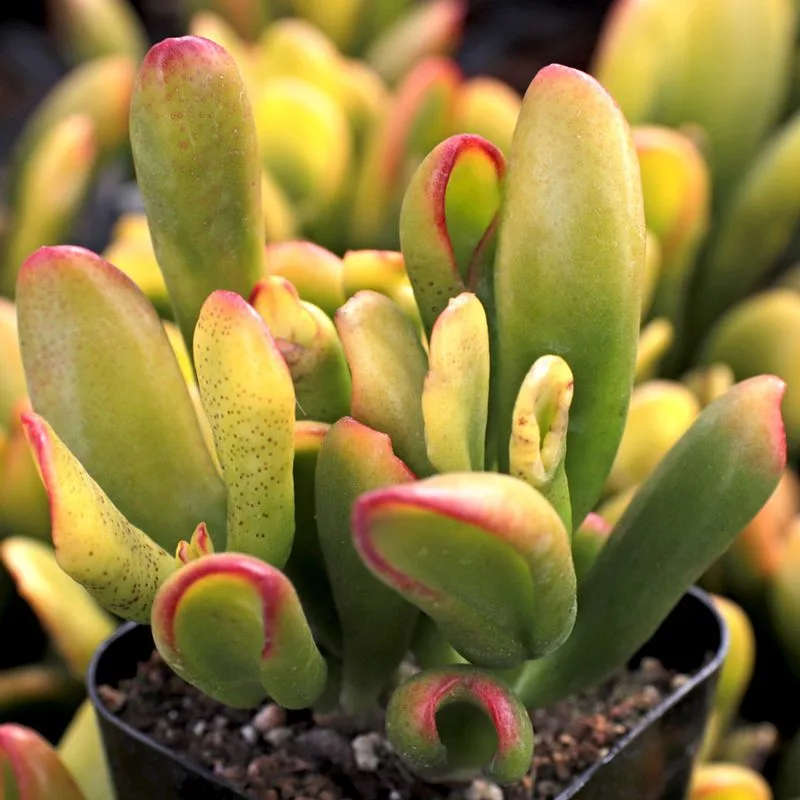
Crassula Ovata, commonly known as the jade plant, is a popular succulent prized for its thick, glossy leaves. It is often seen as a symbol of good luck and prosperity.
This plant is incredibly resilient, requiring minimal water and thriving in a variety of soil conditions. Its ability to tolerate drought makes it a perfect candidate for Texas gardens.
With age, it can grow into a small tree, adding structure and form to the landscape. Its versatility and charm are unmatched.
Portulacaria Afra
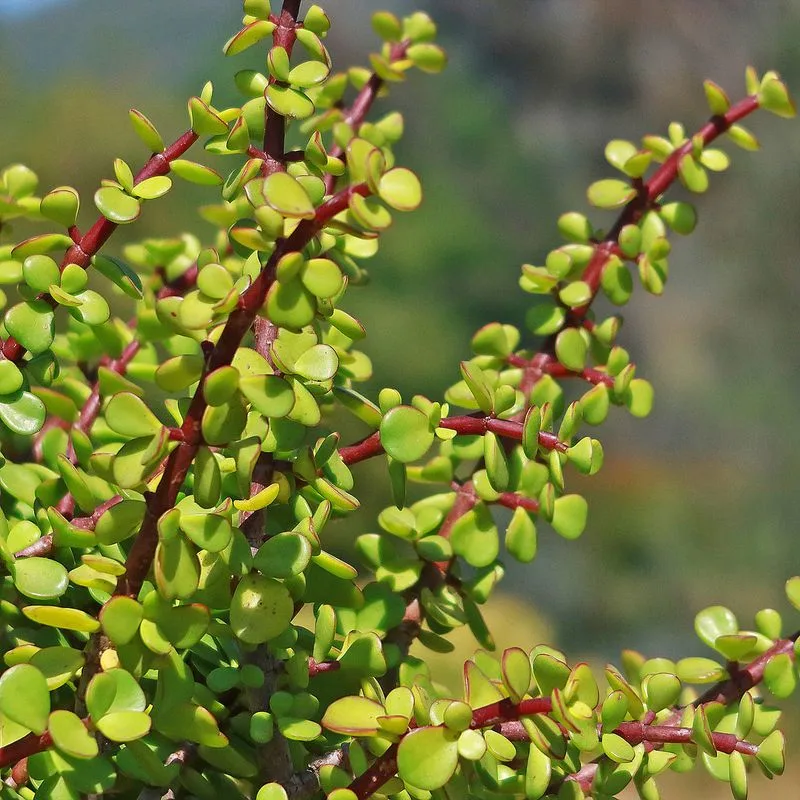
Portulacaria Afra, or elephant bush, is a succulent that captures attention with its small, glossy leaves and reddish-brown stems.
This plant is highly adaptable, thriving in the arid conditions of Texas with minimal watering. Its bushy growth habit makes it suitable for hedges or as a container plant.
As it matures, Portulacaria Afra can be pruned into various shapes, adding a dynamic element to gardens. Its hardiness and aesthetic flexibility make it a gardener’s favorite.
Graptopetalum Paraguayense
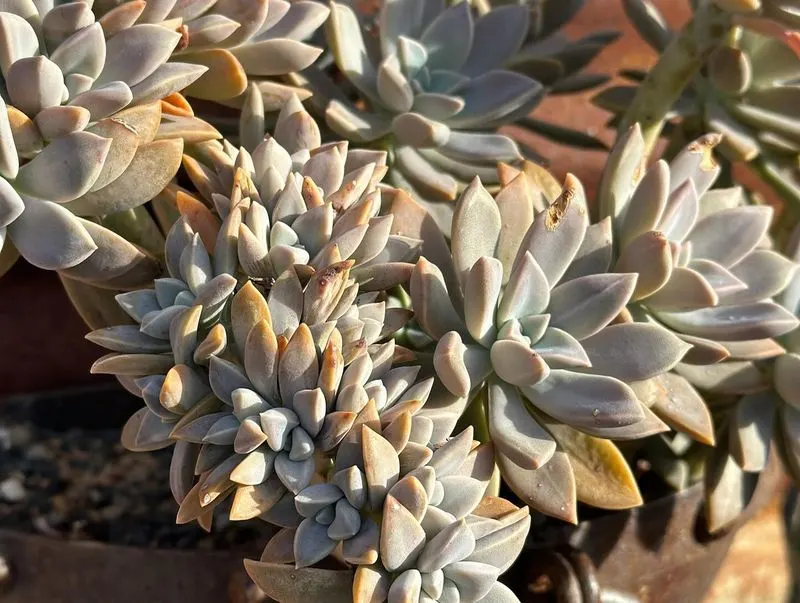
Graptopetalum Paraguayense, often referred to as the ghost plant, is a succulent that enchants with its ethereal appearance.
Its rosettes feature pale, dusty leaves that seem to shimmer in the sunlight, creating a tranquil garden ambiance. This plant is incredibly drought-tolerant, making it ideal for Texan environments.
Its cascading growth habit lends itself well to hanging baskets or rock gardens, offering versatility in design. It is both resilient and striking.
Kalanchoe Thyrsiflora
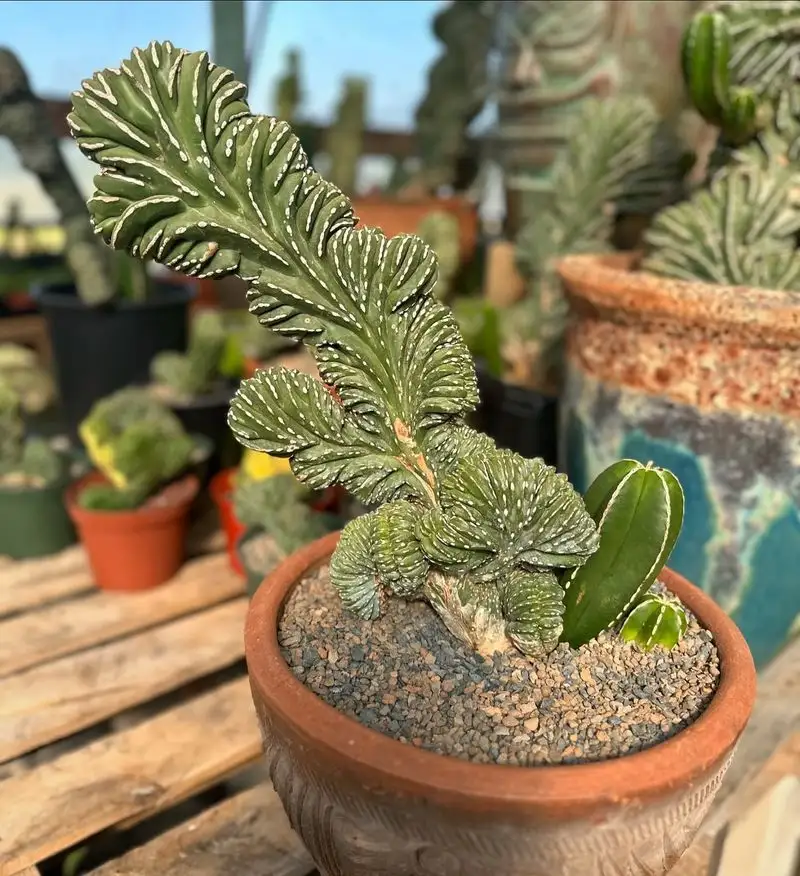
Kalanchoe Thyrsiflora, known as the paddle plant, captivates with its broad, flat leaves that blush red around the edges. It’s a robust succulent perfect for adding pops of color to any garden.
Thriving in the sun-soaked regions of Texas, it requires little water, making it a sustainable choice for water-wise gardening. During the blooming season, it sends up tall stalks adorned with yellow flowers.
Its unique shape and color make it an eye-catching addition to any landscape, providing both beauty and functionality.
Sempervivum Tectorum
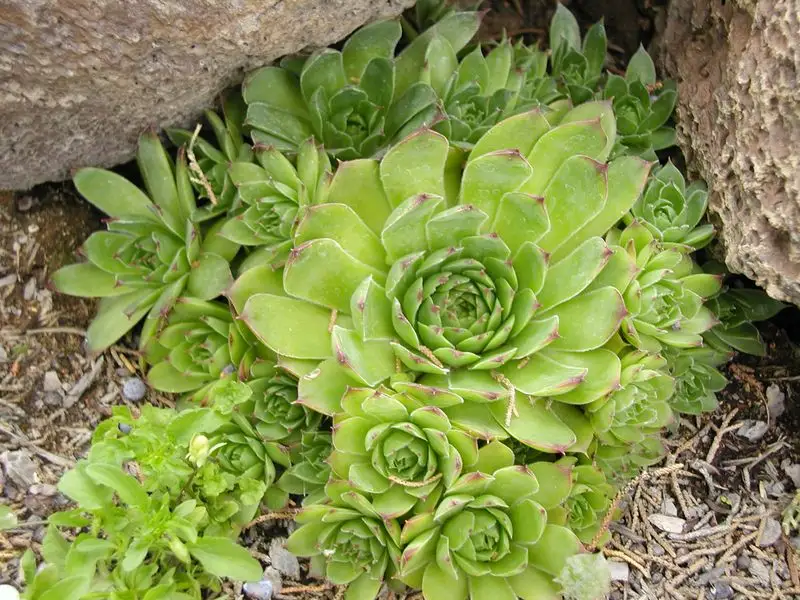
Sempervivum Tectorum, commonly known as hens and chicks, is a charming succulent with a rosette-forming habit. Its leaves come in a variety of colors, from deep greens to purples, creating a mosaic of hues.
This plant is well-suited to Texas gardens due to its drought-resistant nature. It spreads easily, filling in gaps and adding texture to any landscape.
Its ability to thrive in poor soil conditions makes it a versatile choice for gardeners seeking low-maintenance beauty.
Euphorbia Tirucalli
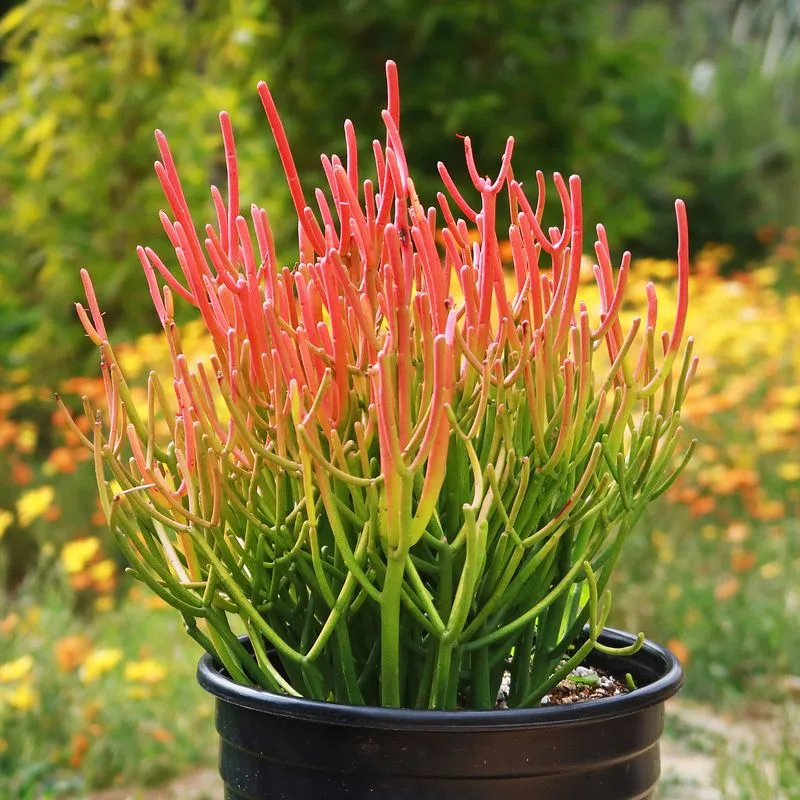
Euphorbia Tirucalli, known as the pencil cactus, intrigues with its unique form. Its slender, pencil-like branches create an architectural silhouette that stands out in any garden.
This succulent thrives in the hot, dry conditions of Texas, requiring very little water. Its unusual shape and minimal maintenance needs make it an appealing choice for contemporary gardens.
Care should be taken when handling, as its sap can be irritating to the skin. Despite this, its distinctive appearance is worth the effort.
Aeonium Arboreum
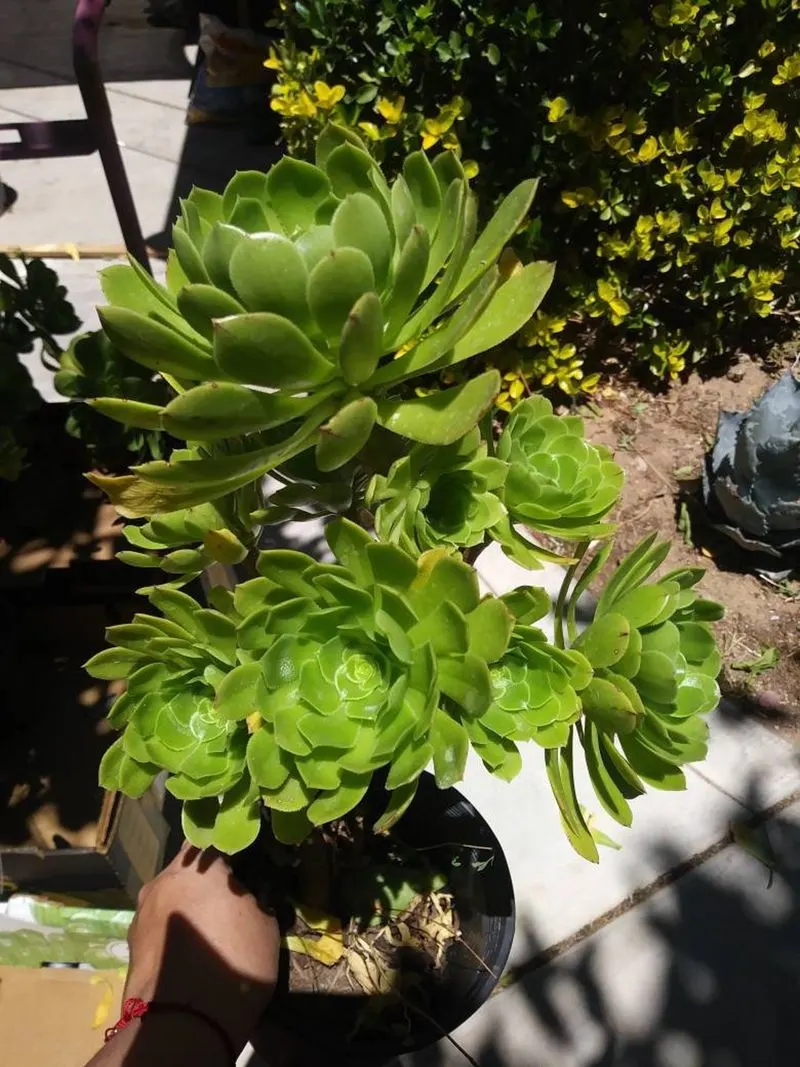
Aeonium Arboreum, or tree aeonium, is a succulent that mesmerizes with its tree-like structure and rosettes of dark, glossy leaves.
This plant flourishes in the mild, dry climates of Texas, needing only minimal watering. It adds height and drama to gardens with its branching stems.
In spring, it produces clusters of small yellow flowers that contrast beautifully with its dark foliage. Aeonium Arboreum is a standout choice for gardeners looking to add a touch of exotic elegance.
Stapelia Gigantea
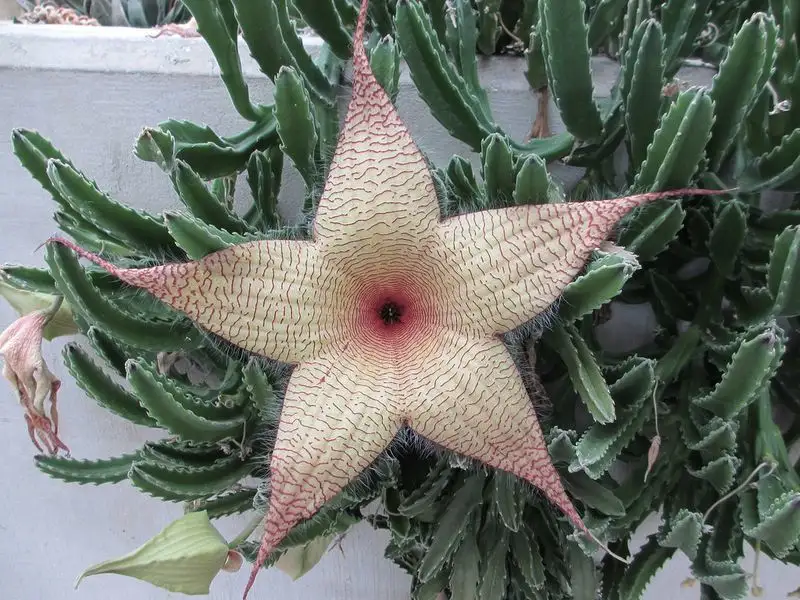
Stapelia Gigantea, known as the carrion flower, captivates with its bizarre yet fascinating blooms. The star-shaped flowers are large and fleshy, often attracting curious onlookers.
This succulent is well-suited to the arid conditions of Texas, requiring minimal care and water. Its stems are thick and cactus-like, providing an unusual texture to gardens.
While the flowers have a unique odor, their striking appearance makes them a conversation starter, adding intrigue to any landscape.
Octopus Jade Plant
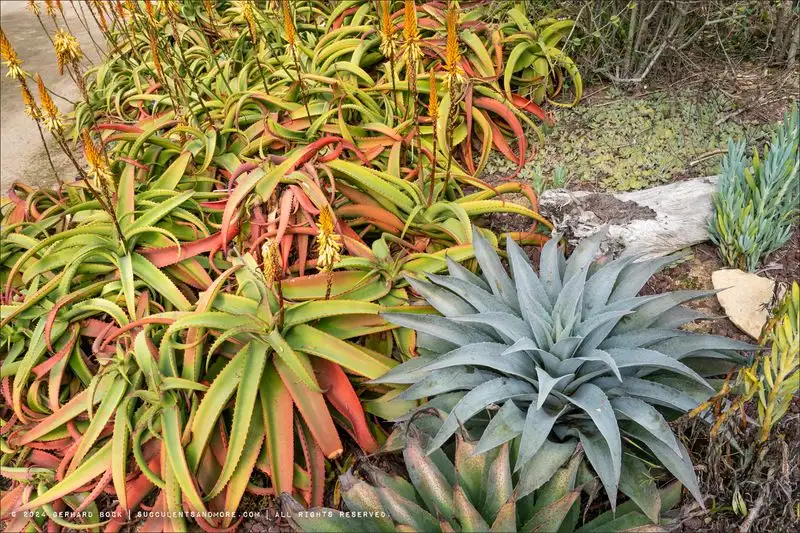
Imagine a plant with tentacles reaching out in every direction, like an inviting sea creature. The Octopus Jade Plant, native to arid regions, offers a fantastic spectacle with its twisting, sprawling arms. It not only survives with minimal water but also thrives in the sandy soil common in Texas gardens.
This peculiar succulent captures the imagination, mimicking the fluid dance of an underwater creature, yet it stands resilient under the harsh Texas sun. Gardeners love its low-maintenance nature and unique form that sparks conversation.
Position it in a sunny spot, and this plant becomes a captivating centerpiece with its lively, whimsical appeal.

